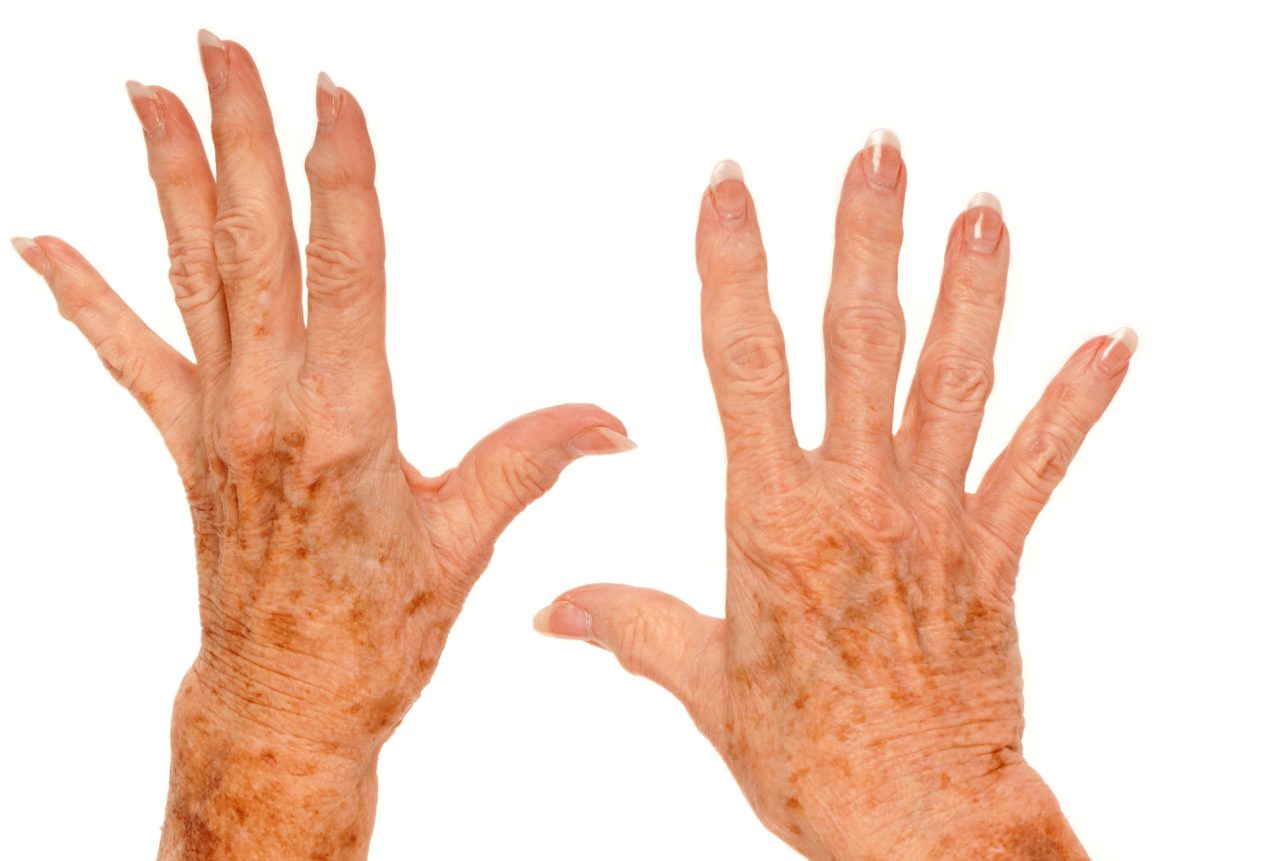What Is Scleroderma?

Scleroderma, a rare disease, causes the skin to thicken abnormally, typically in women. The problem may begin on the hands and face before moving to the arms.
What is scleroderma?
Scleroderma means hard skin in Latin. It is a medical name for a family of autoimmune diseases in which patients develop skin fibrosis, or thickening.
The skin change may come early and develop rapidly, or it may develop years after other symptoms appear. Some kinds of scleroderma affect only the skin. Other kinds, called systemic, affect internal organs.
YOU MIGHT ALSO LIKE: Why Your Nails Could Signal Health Problems
Who gets scleroderma?
It may be more common in the United States. Many patients are women between the ages of 25 and 45, though scleroderma can affect others. The disease is about four times more common in women than in men.
Family members tend to have other autoimmune illness, including rheumatoid arthritis and lupus. Sometimes blood tests show elevated anti-nuclear antibody (or ANA) levels, a sign of autoimmune disease, without any symptoms.
Like many genetic illnesses, it may require a trigger to produce scleroderma symptoms that arise from a genetic vulnerability. Exposure to silica dust, vinyl chloride, and epoxy resins are possible triggers. It is possible that infections, including Lyme disease, may be a trigger.
What are the symptoms of scleroderma?
The category includes illnesses that produce a large variety of symptoms from one person to the next.
Many people first notice Raynaud’s phenomenon, when your fingers and toes easily lose circulation and become white when exposed to cold.
It’s important to note that many teenage girls have what’s called primary Raynaud’s, and most of them never develop scleroderma.
Antibodies in blood tests can help doctors predict how the disease may progress, although you may need multiple tests.
Swelling in the fingers and hands, usually worse in the morning, is an early sign of scleroderma.
Diffuse scleroderma, technically called diffuse cutaneous systemic sclerosis (or dcSSc), can progress rapidly. Within weeks or months, patients see changes in their hands and face that progress over the next two to three years. The skin may become hard, shiny, and leathery, affecting both sides of the body. Further on, the skin changes color.
These skin changes may move to the arms and trunk.
Sometimes patients see their skin thin but seem normal. But the illness may eventually affect the lungs, heart, and kidneys. They may experience painful inflammation of the muscles, severe fatigue, gastrointestinal problems, lung fibrosis, and pulmonary artery hypertension.
With limited scleroderma (or lcSSc), patients may experience Raynaud’s, but it may be five to 10 years before the skin thickens. Patients may have painful joints, red swollen hands, fatigue, or unexplained weight loss.
Patients with limited scleroderma may develop five symptoms, which in the past gave it the name CREST. The acronym stood for:
- Calcinosis (small hard masses of calcium on fingers and other points)
- Raynaud’s disease
- Esophageal dysfunction (producing reflux)
- Sclerodactyly (thick skin on fingers and toes)
- Telangiectasia (red spots on the hands, palms, forearms, face, and lips)
Scleroderma overlap syndromes include illnesses like mixed connective tissue disorder, which involves symptoms associated with lupus and myositis (inflamed muscles) along with scleroderma.
Some kinds of scleroderma are localized and do not affect inner organs. These conditions include:
- Morphea (small red or purple patches with white centers)
- Linear scleroderma (typically appearing in young children on one side of the body)
- Eosinophilic fasciitis (white blood cells accumulating in the fascia under the skin)
- Toxin-induced syndromes (usually a drug response)
How is scleroderma diagnosed?
Because many of the symptoms could involve other illnesses, it can take a long time to get a diagnosis of scleroderma because the symptoms are similar to those of many other rare diseases, such as nephrogenic systemic fibrosis, scleromyxedema, and scleredema.
Updated:
December 05, 2022
Reviewed By:
Janet O'Dell, RN